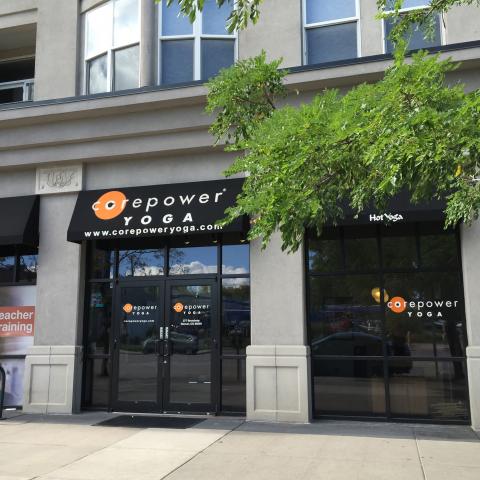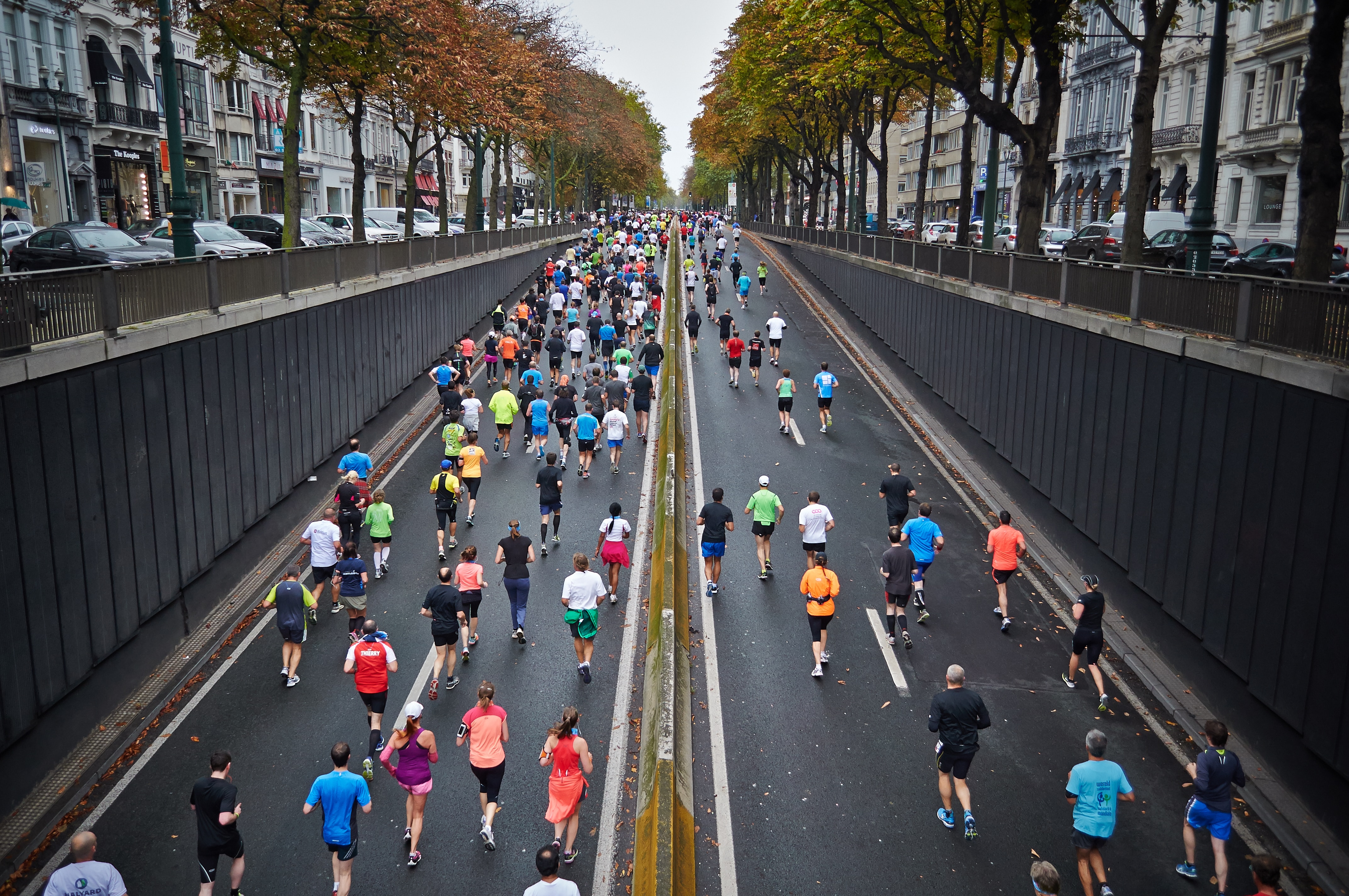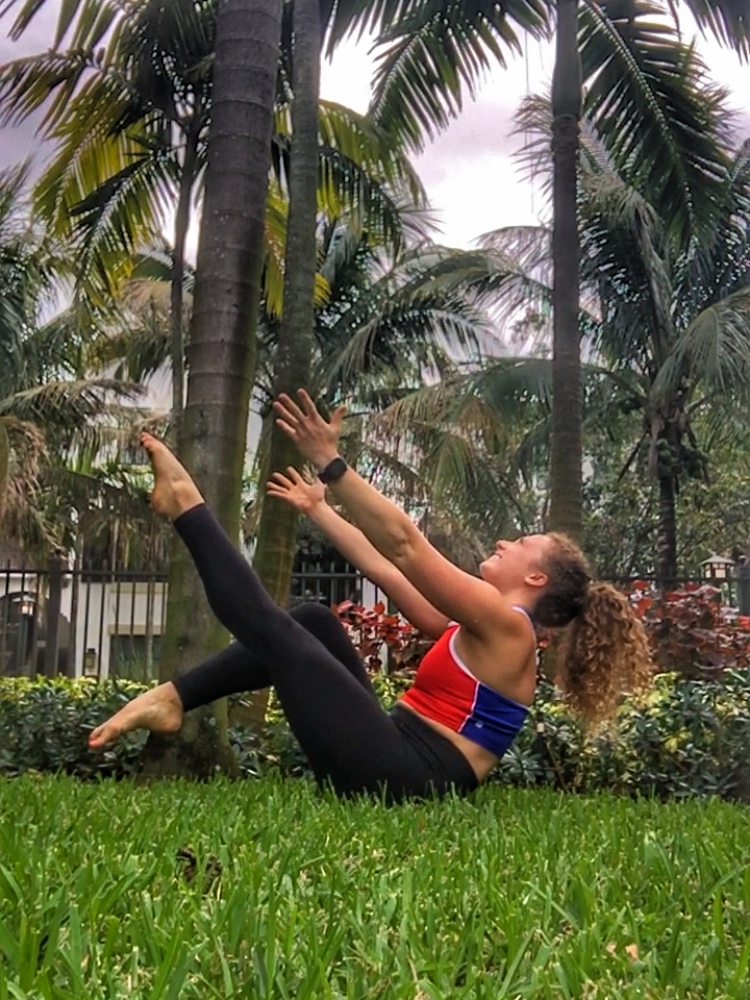The fitness world sometimes feels very black and white. This body type looks good, this one’s bad. Train like this, not like that. Eat more this, less that.
I’ve very over it.
In this black and white world, there seem to be two exercise groups: weight training or cardio. The weights people abhor any form of cardio and refer to the treadmill as the “
Let’s take a closer look at the benefits of each to decide which is really right. Before we do, however, we need to back up a second and discuss why we do either form of exercise.
What Happens When We Exercise
Merriam-Webster defines exercise as, “bodily exertion for the sake of developing and maintaining physical fitness.”
In other words, we exercise to increase or maintain our fitness. The definition of “fitness” depends on your individual goals. Do you want to do a pull-up? Run faster? Squat 200 pounds?
Most people would say their goal is to lose weight. However, it’s entirely possible to lose weight without increasing your fitness by eating a calorie-deficient diet. If you want to lose weight by exercising, you need to maximize your caloric burn.
How do we burn calories?
Our bodies have a baseline number of calories we burn everyday called our baseline metabolic rate, or BMR. If you lay in bed all day, the calories you burn equal your BMR. Then, there are the calories we burn by moving around during the day, like walking the dog or biking to work. On top of that, we have any other calories we burn through exercise.
When we ask our muscles to expend energy to lift things (weight-lifting) or ask our heart (also a muscle) to expend energy to keep us moving (cardio), we burn more calories.
The calorie burning process works like this: we do things that require energy. Our body grabs energy from stored carbohydrate and fat sources that previously came into our body via food. It will go for carbohydrate sources first and fat sources second.
When we use up fat storages, our fat cells shrink. During this shrinkage process, the cells emit byproducts of water and carbon dioxide, which leave our bodies via sweat, waste, and…breathing?
Yep! When you’re breathing heavy during exercise, you’re expelling fat byproducts. The carbon dioxide from the fat burn mingles with the CO2 that our lungs produce and leaves the body with every exhale.
Pretty cool, right?
Increasing Our Caloric Burn
The two key takeaways about calorie burn are BMR (baseline metabolic rate) is our baseline caloric burn and that extra energy used translates to more calories burned.
Time to look at the argument for weight-training.
Why Weight-Train
When you build muscle, you increase your BMR. As you increase your muscle mass, your body burns more energy just keeping you alive. So, when you increase your BMR, you’re burning more calories even when you’re sitting around not doing much.
Ever notice how the daily caloric intake for men is greater than women? It’s because men typically have a greater lean muscle mass and therefore regularly burn more calories per day.
Weight-lifting people say: build muscle, increase your BMR. Eat the same number of calories – putting you into a calorie-deficient state. Keep the protein amount high. Lose weight and shed body fat.
Weight-lifting can help you fine-tune your body figure and sculpt or highlight certain body parts. It also helps strengthen your bones and improve your joint mobility.
Weight-lifting also helps you burn more calories per hour for a longer period after the workout. People sometimes refer to this as a workout’s “after-burn.” Studies have indicated that heavy lifting and high-intensity training – like a HIIT circuit or sprinting (we’ll touch on that next) – very effectively create a high after-burn.
The actual weight-lifting workout also burns calories. A weights workout does not mean not breaking a sweat or slow calm breathing the entire time. You should be lifting weights to a point where your heart rate rises, requiring your body to use your carbohydrate and fat energy stores.
The Cardio People
Cardio people. Those crazy marathoners. The triathletes that jump in water at 7 in the morning and bike unfathomable distances. The person doing burpees and box jumps in the corner of your gym. The jogger in your neighborhood.
Cardio, short for cardiovascular, exercise means “of, relating to, or involving the heart and blood vessels.” When you get your heart rate up above your resting state, this is known as cardiovascular exercise.
By this definition, weight-lifting technically falls into cardio exercise, but we’ll ignore this caveat for now.
The harder you work your heart, the more calories you are going to burn. When you jog vs. sprint, the sprinting requires more oxygen and more energy.
The cardio people think, well, I need to burn calories to lose weight. And cardio burns more calories per hour than weight-lifting because my heart rate is higher for a longer period. Therefore, cardio will help me lose weight better than weight-lifting. Plus, I won’t get bulky from carrying around big muscles.
Intensity plays a major factor here. Some people more often achieve a higher heart rate weight-lifting for 30 minutes than by jogging for 30 minutes. Because it’s unsustainable for our bodies to perform at a high-intensity every day, many people incorporate low-intensity steady state (LISS) days into their training.
This is perhaps where cardio gets its “bad” reputation. Jogging won’t, in the long run, define your body the same way weight-lifting will. You might lose weight, but it does not increase your muscle tone – and therefore your BMR – like weight-lifting does.
As I mentioned above, high-intensity cardio like HIIT or sprinting has shown to cause the most effective after-burn effect. It pushes your body into an anaerobic state – think heavy panting, short of breath – which forces your metabolism to work harder and replenish the energy used up.
So, with all this in mind, what is the answer here?
What It Really Comes Down To
There is no answer. You should exercise however you want. Whatever you like doing, do that thing. That includes yoga, boxing, rock-climbing, unicycling, juggling (perhaps you’re a clown?), etc.
The most important thing is finding what you love and doing it consistently.
But between weight-lifting and cardio, the key takeaway here is that BMR combined with exercise intensity is what matters for weight loss.
Building muscle benefits weight loss because it increases your BMR and burns calories, plus, if done with heavy weights, can increase the after-burn.
If weight loss isn’t a priority, strong muscles also help with performing daily tasks, stability, mobility, and general body functionality.
Cardio assists with weight loss by raising your heart rate to a consistent level, which burns more calories in a shorter amount of time (again, depending on intensity). It also improves heart and lung health and releases endorphins, a feel-good chemical produced by the brain.
The Best Solution?
This might sound crazy, but if you want the benefits of cardio training and weight-lifting, why don’t you try…doing both?
I know, it’s a radical idea.
But since I’m rather radical myself, that’s how I organize my training. I do HIIT (high-intensity interval training) circuits on a treadmill or elliptical combined with circuits of weight-lifting three times a week.
By doing shorter intervals at a higher-intensity, I’m maximizing my caloric burn and improving my cardiovascular fitness without spending hours doing steady state cardio. The weight circuits build muscle to improve my BMR and give me the so-desired “after-burn.”
Final Thoughts
There is no one-all be-all exercise solution. You should explore, play, and do what is most enjoyable for you. If you are struggling with weight loss, focus on nutrition rather than fretting about the “best” type of exercise.
Don’t follow an exercise routine that you can’t sustain or don’t find enjoyable.
Happy sweating!! <3





